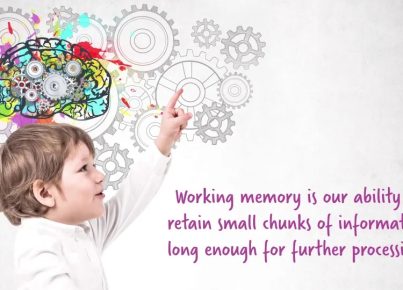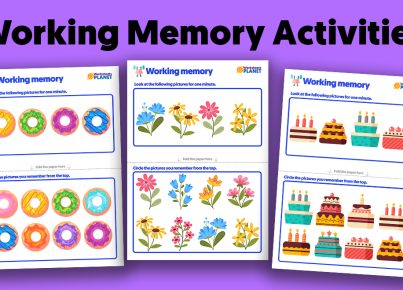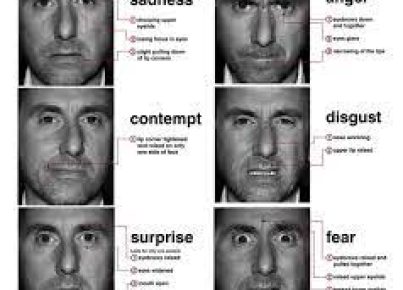Teaching the alphabet is a fundamental component of early childhood education, and as such, educators continually search for effective resources to aid in this essential task. An array of alphabet teaching resources is available, each designed to engage young learners in various interactive and enjoyable ways.
One popular resource is alphabet flashcards. These can be used in numerous activities, from simply reviewing the letters to playing matching games or even creating simple word puzzles. Flashcards arevisual aids that encourage kids to recognize letter shapes and often associate them with corresponding words that start with the same letter.
Another indispensable resource is alphabet books. Picture books that highlight each letter of the alphabet with colorful illustrations and engaging narratives help children make connections between the letters and sounds they represent. Interactive books may also include textures, flaps, or other sensory elements to enhance learning through tactile engagement.
Interactive digital tools have become increasingly important in modern classrooms. Educational apps and games that focus on letter recognition, phonetic sounds, and word formation engage children in a medium they find inherently appealing while offering adaptive learning pathways tailored to individual needs.
Online videos and songs that teach the alphabet rhythmically can be particularly memorable for students, combining auditory learning with musical enjoyment. These often repetitive tunes help in cementing the alphabetical sequence and sounds into a child’s memory.
Alphabet worksheets are another staple, providing hands-on practice for writing each letter. They often range from coloring pages to traceable letters and gradually work up to free-form writing exercises. This not only helps children learn to recognize each letter but also develops their motor skills required for writing.
Classroom decorations like wall posters or banners displaying the alphabet can serve as constant passive reminders. By surrounding students with visual cues, educators ensure that learners are continuously exposed to letters.
Lastly, arts and crafts projects centered around the creation of letters can reinforce recognition while allowing for creativity. Constructing paper or clay letters provides a kinesthetic learning experience that can be particularly effective for tactile learners.
In conclusion, a blend of these resources can create a rich and varied learning environment that caters to different learning styles. With the right materials at hand, teaching the English alphabet can be an enjoyable journey of discovery for both teachers and students alike.





